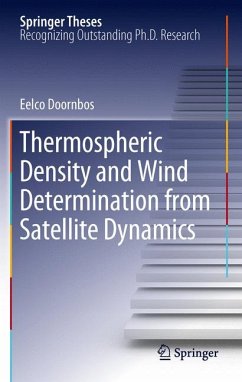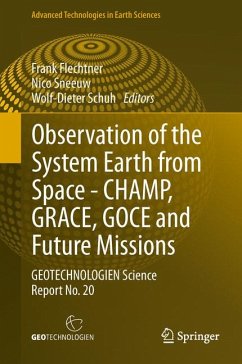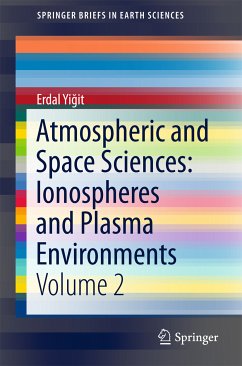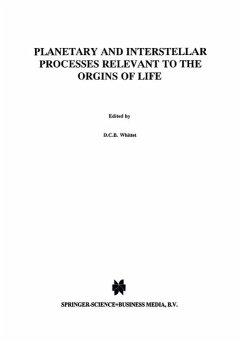
Scientific Ballooning (eBook, PDF)
Technology and Applications of Exploration Balloons Floating in the Stratosphere and the Atmospheres of Other Planets
Versandkostenfrei!
Sofort per Download lieferbar
136,95 €
inkl. MwSt.
Weitere Ausgaben:

PAYBACK Punkte
68 °P sammeln!
The aim of this book is to introduce scientific ballooning to the many people who are interested in the use of balloons for scientific applications. The book offers a basic understanding of the engineering details and the scientific research giving rise to balloon activities going on today. Above all, the book will serve as a guidebook for young scientists and researchers seeking to become involved in space science and technology by participating in balloon projects. The book deals with three types of balloons: large stratospheric balloons used for scientific purposes, rubber balloons used for...
The aim of this book is to introduce scientific ballooning to the many people who are interested in the use of balloons for scientific applications. The book offers a basic understanding of the engineering details and the scientific research giving rise to balloon activities going on today. Above all, the book will serve as a guidebook for young scientists and researchers seeking to become involved in space science and technology by participating in balloon projects. The book deals with three types of balloons: large stratospheric balloons used for scientific purposes, rubber balloons used for aerological observations, and planetary balloons to be used in the atmospheres of other planets. The book provides many figures and photographs, and offers a systematic description of balloon technologies and related matters from historical background to current research topics. The contents include a theoretical discussion of ballon shape design, analysis and synthesis of flight dynamics, actual launching procedure, flight operations, and typical applications of ballooning in various scientific fields. Detailed meteorological descriptions, especially of the Earth's stratosphere and the atmosphere of other planets, are provided for investigating actual flight behavior.
Dieser Download kann aus rechtlichen Gründen nur mit Rechnungsadresse in A, B, BG, CY, CZ, D, DK, EW, E, FIN, F, GR, HR, H, IRL, I, LT, L, LR, M, NL, PL, P, R, S, SLO, SK ausgeliefert werden.













